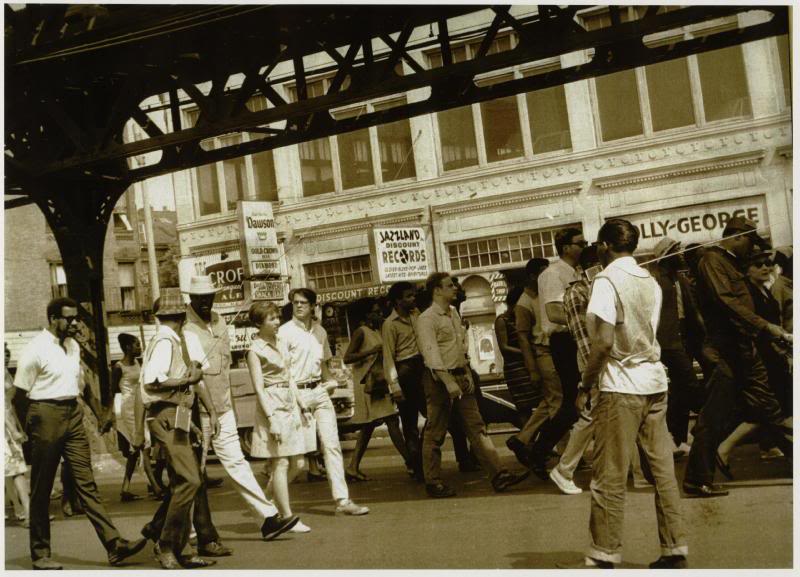
Our History
 Madison Park Development Corporation (MPDC) was forged in the heat of crisis in the mid 1960’s. The survival of the Lower Roxbury community was literally at stake in 1966 as bulldozers – in the name of “urban renewal” and the expansion of Interstate 95 – were razing homes and businesses until a small group of local activists fought back. With courage, persistence, and the determined leadership of community members such as Ralph Smith (MPDC’s founder and first executive director) and C. Vincent Haynes, the group mobilized residents in opposition to the City of Boston’s plans for the neighborhood, created its own plan, and garnered the resources needed to rebuild the once-thriving community. This initial effort led to the formation of Lower Roxbury Community Corporation in 1966, one of the country’s first “Community Development Corporations” – a community-based, nonprofit organization that independently develops affordable housing for low- and moderate-income residents.
Madison Park Development Corporation (MPDC) was forged in the heat of crisis in the mid 1960’s. The survival of the Lower Roxbury community was literally at stake in 1966 as bulldozers – in the name of “urban renewal” and the expansion of Interstate 95 – were razing homes and businesses until a small group of local activists fought back. With courage, persistence, and the determined leadership of community members such as Ralph Smith (MPDC’s founder and first executive director) and C. Vincent Haynes, the group mobilized residents in opposition to the City of Boston’s plans for the neighborhood, created its own plan, and garnered the resources needed to rebuild the once-thriving community. This initial effort led to the formation of Lower Roxbury Community Corporation in 1966, one of the country’s first “Community Development Corporations” – a community-based, nonprofit organization that independently develops affordable housing for low- and moderate-income residents.
In the early 1960’s, through its urban renewal program, the City of Boston acquired and demolished hundreds of homes, churches and commercial buildings in Lower Roxbury, including Madison Park, a former city park. By renaming the organization Madison Park Development Corporation, the community leaders were taking claim to this land, promoting the notion of resident-led development and a new vision for the neighborhood. Due in part to federal housing policies and discrimination, Roxbury experienced “white flight.” It had become a predominantly minority community of African Americans, Latinos, and Cape Verdeans – and one of the city’s poorest neighborhoods. Over the next 20 years, MPDC successfully developed over 500 units of affordable housing on the land originally cleared by the city.
In 1989, Danette Jones took over as MPDC’s Executive Director, following Ralph Smith’s 23-year tenure during which the 546-unit Madison Park Village development was built. During Danette Jones’ tenure the older properties experienced major rehabilitation and refinancing, youth and resident services programs began, the organization purchased a commercial building and began planning for homeownership housing. In 1998 Jeanne Pinado assumed the position of Chief Executive Officer. MPDC is now the state’s largest community development corporation, and among the nation’s oldest.
To learn more about the history of MPDC, please read our case study prepared in 2006.